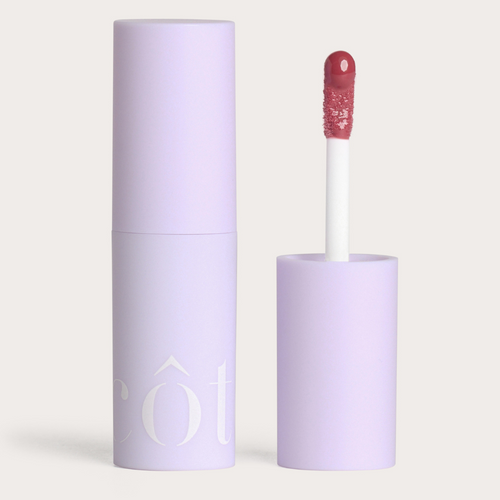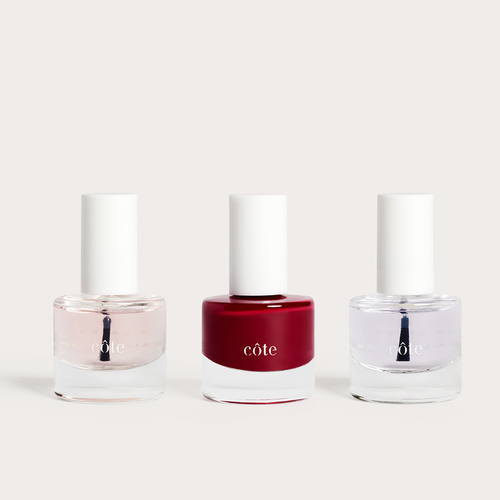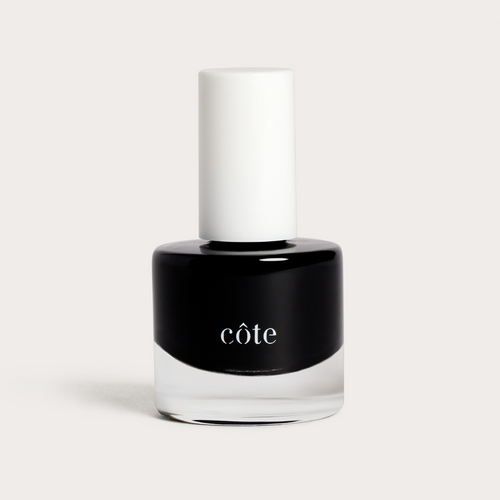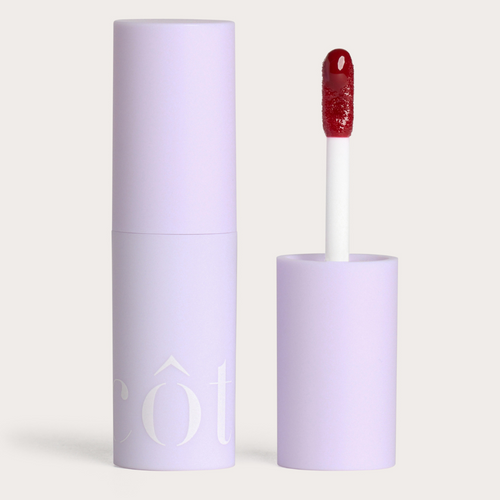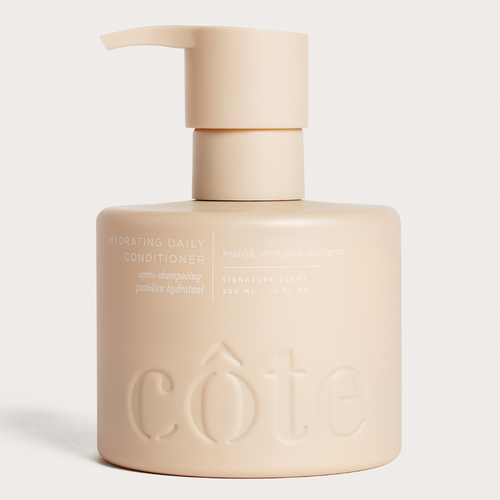Did you know, your natural nails are often a reflection of your overall health? From color, spots, and bumps, nails can sometimes reveal health issues within the body. With that in mind, it’s a good idea to maintain healthy nails that you can keep an eye on as part of a self-care regime.
Regular appointments with the salon can be pricey. Wouldn’t it be nice if you could take over the handling of your own nails from home? Fortunately, there are ways to master the technique of nail care without a professional manicurist.
In this blog post, we discuss how to file nails like a pro, why nail health is important, and the top tips to keep your fingernails spick and span.
What Is a Nail File?
A nail file is a tool created for the purpose of shaping nails. Contrary to popular belief, it is not an instrument to use for thinning or cutting nails. Instead, the file should be used after the nails have been trimmed with the appropriate tool, such as nail clippers or scissors.
Nail files come in a variety of shapes, sizes, and materials. You’ll come across emery boards, metal, ceramic, and glass nail files. If you own one, chances are you’re filing your nails wrong.
A nail file has to be used correctly to keep nails smooth and perfectly shaped. It is tempting to just rub the file back and forth. This is known as the sawing effect, and is a big no-no! This motion can cause the nail to fray, become jagged, and inflict damage to the nail and cuticle.
Instead, the file should be used in a fluid motion. Beginning with one corner, sweep the file in one direction toward the middle of the nail. The same action can then be done from the opposing side. When the file reaches the center, it comes away from the nail, returning back to the starting position. You can repeat the action until you meet the desired shape.
This is the best way to finish free from frays, peeling, rough edges, and bring the least amount of trauma to your nail beds. Just remember - corners, center.
Prepping Your Nails for Filing
Before rushing straight in with the nail file, you must clean and prepare your nails, prior to filing. There are 3 essential tasks to carry out.
1. Thoroughly Wash and Clean Your Hands
Before getting to any hand and nail treatment, you should always wash your hands thoroughly first. Nails can harbor bacteria, so it’s important to practice good nail hygiene. Wash away dirt and remove oil and residue from your nails properly. This prevents the spread of bacteria between your hands, nail tools, and polishes.
Next, it’s essential that you dry your hands and nails completely. A nail file should never be applied to wet nails, as the nail is in a weaker state when wet. It becomes softer and more prone to breakage.
2. Clip and Trim your Nails
Rather than filing to shorten long nails as many of us are guilty of, nails should be shortened beforehand. Trimming the excess nail lengths will get them more even. Once you have the desired length, you can focus your attention on the shape using the nail file.
Unlike filing, the nails benefit from being soaked before a trim. The water softens the nails and makes it easier to use clippers.
Cut the free edge of the nails straight across to prevent ingrown nails. Use small cuts, starting with one side and gently working your way over. Don’t attempt a single action.
3. Choose the Right Nail File
You might think any old nail file will do, but that’s where you’re wrong. There are many nail tools and treatments with different purposes. Nail files are designed with different shapes, sizes, and grits to match.
Emery boards are a firm favorite and easiest to use at home. There are also crystal and glass nail files that may provide more precision. A metal file tends to be more aggressive and isn’t ideal for weak nails. You don’t want to use anything too harsh on natural nails.
Always consider the grit. Files are available in coarse to fine grit, depending on what you need. Most coarse grits are not suitable for natural nails and are generally used for acrylics. The Côte nail file has a 100/180 grit to give you filing options.
A softer cushioned emery board, such as the Côte nail files, can be used for all nail types, weak nails where breakage is a risk as well. Ultimately, the goal is to reach a smooth finish without breakage.

Choose Your Desired Nail Shape
Now for the fun part! Decide which shape you want your nails to be. There are lots of nail shapes to create with a good nail file. Choose the one that is both aesthetically pleasing and convenient for your needs. From basic shaping to more trendy styles, here are 6 shapes to consider sculpting your nails into.
Square
Square-shaped nails offer a modern look, with straight-cut lines. This works well with long nails, where there is room to square off the tip, and equally with short nails. To achieve this finish, file the free edge straight across. Square shape corners should be filed gently to remove the edge without curving the sides.
Oval
The oval is pretty and feminine, resulting in egg-like shaped nails. This is the best choice to keep a natural nail shape. Nails are at their most practical, and less at risk of breaking or snagging. File from the corner to the center point of the free edge, and do the same on each side. The oval shape nail tip should become rounded and smooth.
Round
Round is a classic and easy shape to sculpt. The rounded nail is probably the most natural in terms of appearance. Keeping with the one-direction movement, carefully file the nail from both sides inwards toward the free edge.
Almond
Like the nut, almond-shaped nails have a curved, slender shape. Sides are kept straight and long, while the tip is rounded off. Reasonable length is required if you want to create the almond look with natural nails, to ensure the edges can be elongated.
Stiletto
Stiletto nails mimic the tall pointiness of the stiletto shoe. This is a great look if you want something a bit more out there. This shape requires length and is more common with acrylic nails rather than naturals. However, the look can be achieved by filing the nails into a sharp yet smooth point.
Squoval
Torn between oval and square? Squoval is a popular nail shape for those who can’t decide between the two. Squoval brings together the sharper lines of a square with the softer edges of an oval. It’s neat, natural, and low-key.
5 Top Tips For How to File Your Nails
You’ve chosen your shape, and you’re probably raring to go! To ensure you get the best possible finish, follow these 5 simple tips each time you tend to your own nails.
1. How to Hold the Nail File
First things first, hold the nail file parallel with your nail from the side. Hold it lightly with your thumb and index finger. You’re going to be filing repeatedly in one direction, so ensure you’re in a comfortable position. Don’t grip too hard as you’re just going to tire your hand out.
2. File in One Direction: No Saw-Like Motion
Direction is key! You should never file your nails back and forth, in the saw-like motion. This adds too much pressure to the nail bed and leads to breakage and damage. You need to keep control of the file and sculpt, rather than saw. Begin at one corner and work your way into the center, then move to the opposite side and repeat.
3. File Slowly, Don’t Rush
We’ve all rushed through a quick nail filing before a night out. Unfortunately, attacking the nail with vigorous action is a certified way to cause damage. By filing slowly and conscientiously, you remove the risk of undue trauma. If you’re going to maintain healthy nails, give yourself the time to get it right.
4. File Short Nails at 45 Degrees
Filing short nails can be more challenging to the inexperienced. You don’t want to file too much and cause injury or pain to fingers. Holding the nail file at a 45-degree angle is a useful technique for short nails. The file can be placed behind the nails where possible, and the motion applied. Without filing at an angle, you can catch the skin by mistake.
5. Finish With a Buffing Block
And just like that, you’ve filed your own nails. To make sure you get the complete professional result, add a buffing block to your routine. While nail files produce smoothness, sometimes smaller bits, and flakes are missed that only a buffer can tackle. Buffing is essentially a form of filing, but with a much gentler tool.
Slide the buffer block over the nail bed, as well as under the nails to remove any excess nail filings. Your nails will be left deliciously soft and smooth.
Conclusion
So now you know how to file nails like a pro! It’s a useful skill to have if you want to keep your natural nails in a healthy condition without regular trips to the nail studio.
Now that you’ve nailed the basics, you can start to think about how to further proceed with your DIY manicure! From cuticle moisturizing argan oil to non-toxic nail polish, keep improving your technique and enjoy perfect nails year-round.
For more information on nail care, visit our blog.
Start Your Self-Care Journey Here
VIEW ALLThe Ritual, Peptide Enriched Lip Treatment

The Ritual, Peptide Enriched Lip Treatment
Nourishing Hand & Body Wash





